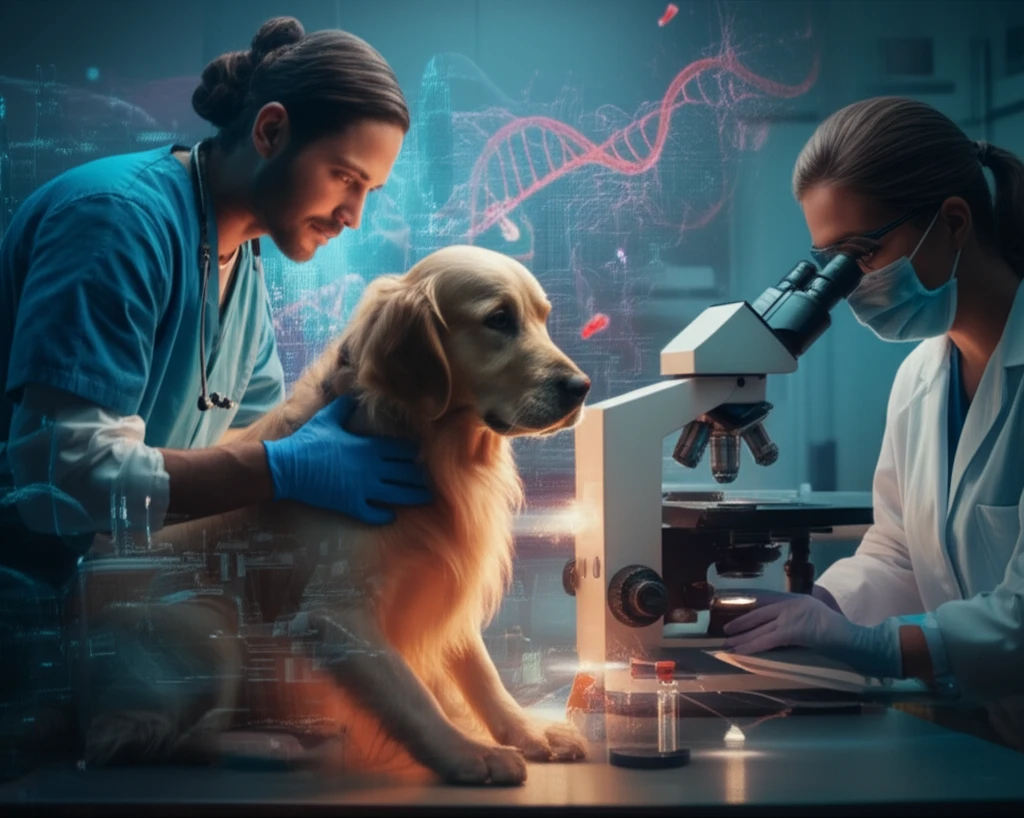
Drug Discovery: Unlocking the Secrets of Anticancer Compounds Through Pets
"Innovative research at the University of Illinois leverages comparative genomics and veterinary oncology to find new treatments for cancer in both animals and humans."
The fight against cancer is a relentless pursuit, with researchers constantly seeking innovative strategies to outsmart this complex disease. Traditional drug discovery methods can be time-consuming and costly, often facing challenges in translating preclinical success to effective human treatments. Now, a pioneering approach is emerging, harnessing the power of comparative oncology and the unique position of our beloved pets.
At the University of Illinois at Urbana-Champaign, a groundbreaking research theme, "Anticancer Discovery from Pets to People," is revolutionizing the field. This initiative brings together a multidisciplinary team of medicinal chemists, computational biologists, and veterinary oncologists to explore new avenues for anticancer drug development. Their innovative strategy focuses on leveraging companion animals with cancer as a means to identify novel anticancer compounds and targets.
This approach not only offers a compassionate way to treat pets suffering from cancer, but also serves as a valuable stepping stone towards human clinical trials. By studying naturally occurring cancers in pets, researchers gain unique insights into tumor biology and drug response, potentially accelerating the development of more effective and personalized cancer therapies for both animals and humans.
Why Pets? The Power of Comparative Oncology

The cornerstone of this research lies in the concept of comparative oncology, which recognizes the similarities between cancers in humans and animals. Companion animals, particularly dogs and cats, develop many of the same types of cancer as humans, including lymphoma, osteosarcoma, and melanoma. These cancers often share similar genetic and molecular characteristics, making pets valuable models for studying human cancer.
- Shared Biology: Many cancers in pets share genetic and molecular similarities with human cancers.
- Natural Development: Cancers in pets develop spontaneously, mimicking the natural progression of the disease in humans.
- Real-World Environment: Pets live in similar environments to humans, exposing them to comparable environmental factors that may influence cancer development and treatment response.
A Personalized Approach to Cancer Treatment
The "Anticancer Discovery from Pets to People" theme embraces a precision medicine approach, tailoring cancer treatment to the individual characteristics of each patient. By analyzing the genetic and molecular profiles of tumors in both pets and humans, researchers can identify specific targets for drug therapy. This personalized approach aims to maximize treatment effectiveness while minimizing side effects.
